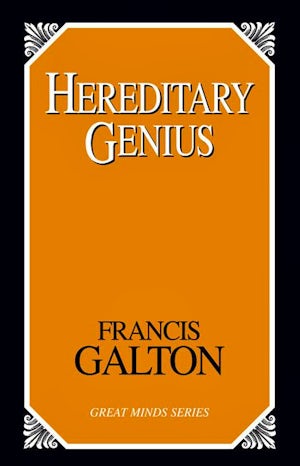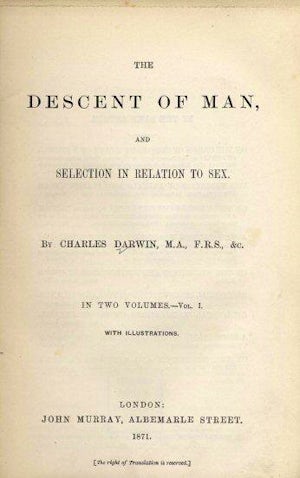
1925. The publication of Hypatia (1925) by Dora Russell (nee Black, 1894 – 1986) was intended as a feminist response to Lysistrata, or Woman’s Future and Future Woman (1925) by Anthony Ludovici – see entry on this work on this website. Dora was a daughter of Sir Frederick Black, and the second wife (married in 1920) of philosopher and fellow-activist Bertrand. Dora Russell was the first female author for the To-day and To-morrow series; one of only half-a-dozen women who contributed a volume to this influential series of just over a hundred titles – see general introduction to series. She received a truly first-class education in Britain and Germany, winning many awards and distinctions, including a scholarship in modern languages to Girton College, Cambridge, where she joined the Heretic’s Club; and where J.B.S. Haldane gave the lecture that became Daedalus (1923), the inaugural volume of the series – see separate review. Bertrand Russell’s Icarus followed in 1924. See Hypatia preface in the picture attached to this entry.
As was true of the pairing of Haldane’s “optimistic” Daedalus and Bertrand Russell’s “utterly pessimistic” Icarus ; the stark contrast between the aristocratic, anti-Feminist, conservative Lysistrata and the pro-Feminist, Fabian-socialist Hypatia was designed to provoke controversy and debate. There was definite animosity, as Dora Russell never refers to Ludovici by name, only as “the author of Lysistrata.” In this, the pairing succeeded as intended, but this time the divide was also on gender lines, in addition to politics, ideology and scientific outlook. Russell’s effort is indicative of the progressive politics and strong support for euthenics (environmental improvement) amongst social reformers and early feminists in Britain; versus the stringent supervised eugenic (racial) selection and systematic elimination of the poorest classes, the unfit, insane and morally depraved, as advocated by Lysistrata. Popular support for eugenics was also common among many early American feminists. Russell, like Haldane and F.C.S. Schiller (Tantalus, or the Future of Man, 1924), makes liberal use of classical Greek characters to paint ready-made allusions to their modern facsimiles: Artemis for single women, Medea or Hecuba for married women, and Jason or Admetus for men. This is one arena where Russell’s upper-class origin and classical education separates her from the working-poor or lower-class women she champions, most of whom never experienced formal schooling beyond elementary.
-Michael Kohlman
Anonymous. (1925). Review of Hypatia and Lysistrata. America, 34(2), 45-46.
Bowler, P.J. (1984). E.W. MacBride's Lamarckian eugenics and its implications for the social construction of scientific knowledge. Annals of Science, 41(3), 245-260.
Brittain, V. (1929). Halcyon, or the future of monogamy. London: Kegan Paul, Trench & Trubner.
C.B.S.H. (1925). Review of Hypatia, or woman and knowledge. The Eugenics Review, 17(3), 201-202.
Haire, N. (1928). Hymen, or the future of marriage. London: Kegan Paul, Trench & Trubner.
Haldane, J.B.S. (1923). Daedalus, or science and the future. London: Kegan Paul, Trench & Trubner.
Lovett, R.S. (1925). Review of Hypatia and Lysistrata. The New Republic, 43(559), 350-351.
Ludovici, A.M. (1925). Lysistrata, or womans future and the future woman. New York: E.P. Dutton & Co.
Russell, B. (1924). Icarus, or the future of science. New York: E.P. Dutton & Company.
Russell, D. (1925). Hypatia, or woman and knowledge. London: Kegan Paul, Trench & Trubner.
Schraner, E. (2009). The to-day and to-morrow series. Interdisciplinary Science Reviews, 34(1), 107-115.
 1869:
Galton publishes Hereditary Genius
1869:
Galton publishes Hereditary Genius
 1871:
Charles Darwin publishes The Descent of Man
1871:
Charles Darwin publishes The Descent of Man